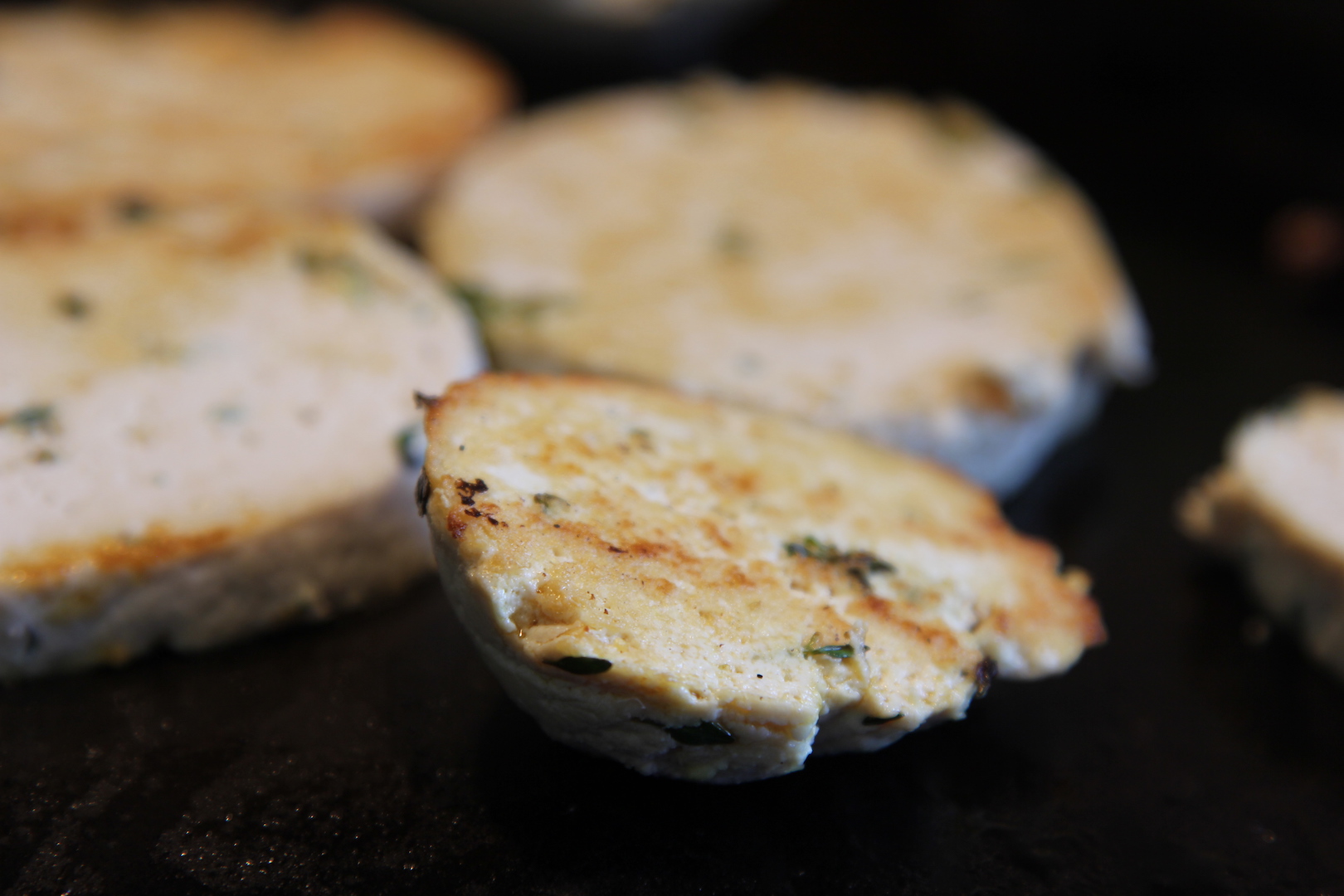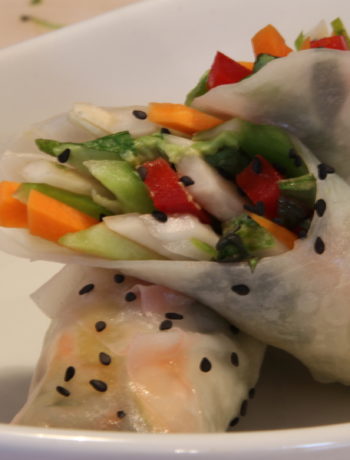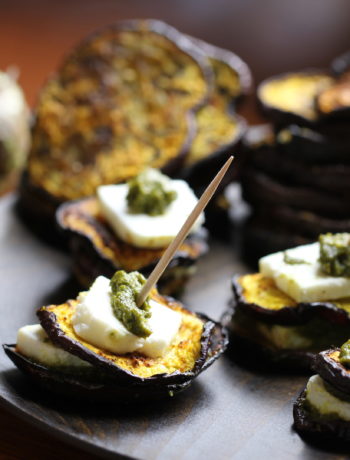Soybean- The versatile, age-old bean has been used for thousands of years in Asia to create an immense variety of recipes perfected over time. If you have ever lived or worked in Asia, you know what this means.
In Asia, the Chinese enjoy it for breakfast as soy yogurt with syrup, while tofu is transformed into countless variations for lunch or dinner. In countries like Indonesia, the Philippines, Myanmar, Malaysia, Vietnam, Laos, and Singapore, unique specialties such as Tahu Goreng with tamarind or satay sauce are common. The range of incredible, sumptuous variations is truly marvelous.
However, corporate giants like Monsanto once tarnished its reputation by genetically modifying this precious bean as a cheap source of animal feed. Today, there is a growing trend toward organic seeds that replace GMO beans, especially for human consumption.
Because of the many health benefits offered by the organic kind, we should not overlook this versatile bean. It is high in protein and fiber, a great source of omega fatty acids, antioxidants, and phytoestrogens. It can help reduce the risk of heart disease and aid in hormone regulation for women, particularly those experiencing PMS or menopause.
This Homemade Tofu recipe, made from organic soybeans, preserves the age-old tradition of tofu-making. The photos show the result from the island of Terceira in the Azores, where we used seawater instead of nigari as the starter (nigari itself is a product of seawater).
Vinegar or lemon juice works just as well as a starter to coagulate the soy milk. Follow the recipe below to learn how to make tofu from scratch using organic soybeans.
Homemade Tofu (Soya Paneer)
Ingredients
- 2 cups organic soybeans
- 2 teaspoons fresh thyme
- Juice of 1/2 lemon
Instructions
Soak 2 cups of organic soybeans in water overnight (6 to 8 hours).
Discard the soaking water and add 4 cups of fresh water to blend the soaked soybeans until smooth.
Strain the blended mixture through a cheesecloth in a colander to separate the soy milk from the pulp. Reserve the pulp for other uses, such as making cookies.
Pour the soy milk into a pot over medium heat and bring it to a gentle boil, stirring continuously to prevent burning.
When the milk begins to boil, slowly add the juice of 1/2 lemon while stirring gently to allow the milk to coagulate.
Allow the mixture to sit until the curds separate from the whey, indicated by a clear or light-brown color in the whey.
Optionally, add 2 teaspoons of fresh thyme for additional flavor.
Carefully lift the curds using the cheesecloth, squeeze them gently into a ball, and hang the cheesecloth over a pot to drain the excess liquid.
After a few hours, remove the tofu from the cheesecloth, slice it, and use it as desired (grilled, cooked, or incorporated into sauces).
Nutrition
-
80.0 Calories
-
6.0g Carbohydrates
-
0.0mg Cholesterol
-
4.0g Fat
-
2.0g Fiber
-
7.0g Protein
-
10.0mg Sodium
-
0.0g Trans fat
Notes
Soak the soybeans overnight (6 to 8 hours). Note that varying the soaking time may yield different amounts of liquid and tofu.






















No Comments